For ‘The Solution’ click here.
Clean Development Mechanism
Under the clean development mechanism (based on the Kyoto Protocol) projects and industries have to buy or be allocted rights to emit carbon dioxide. The concept is based on the cap and trade of other pollutants, that have been widely succesful. There is only one problem with the approach. It is not cap and trade.
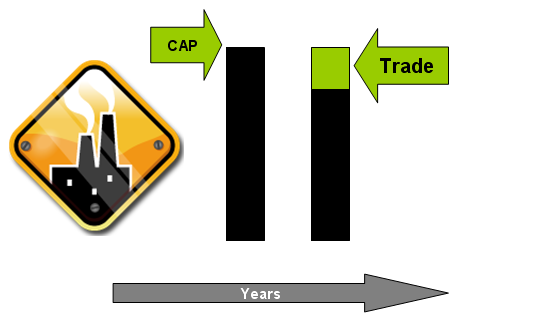
What is Cap and Trade?
Cap and trade is a system where you limit the amount of pollution emitted (the cap), and you encourage participants inthe system to trade emission rights if they either fall below or move above their allowed emission quota. Every year the cap is revised downwards, so that overall all participants in the system emit less of the polutant. It compares possible alternatives in the allocation of the quotum, and thus both penalizes a more polluting solution and incentivices the less polluting ones.
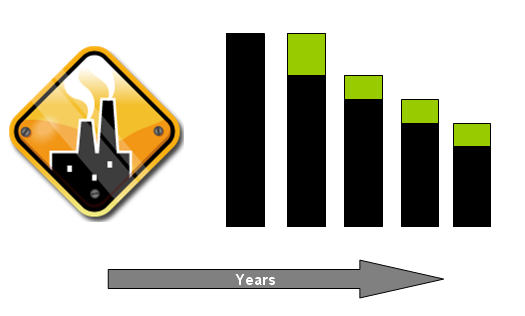
The intended effect of cap and trade
Why keep Clean Energy Projects Out?
If you allow clean energy projects like solar, wave, geothermal and wind to apply for emission rights you make the cap and trade system ineffective. These projects are seen as emission reductions (156,026 tons for the project linked to above). First of all, clean energy projects do not emit significant amounts of pollutants, so there is no logical reason to include them. How can you have a emissions reduction if you do not have emissions in the first place? Second of all, allocating emission rights to these projects cancels out the effect of the cap and trade system. Third of all, it drives the cost of alternative energy projects up, and slows them down, because initiators will have/want to await the emission rights allocation process. It also ties the banking system into the loop, which is why the financial and industry lobbies have fought for this way of implementing the system.
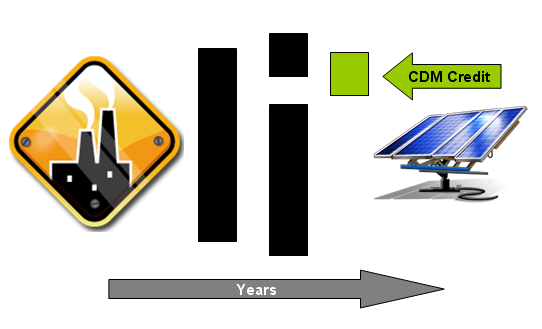
How does this NOT work?
If a clean energy project comes onstream it applies for carbon credits under the CDM system. Say a solar plant calims it prevents emission of 1000 tons of carbon dioxide per year. It recieves 1000 carbon tons of EUA units (the tradable equivalent of a ton of emissions rights. It then sells those rights to a polluter, and makes itself economically viable in the process. Win win no? NO! Effectivly the NET amount of carbon emissions is not reduced, eventhough a perfectly clean power plant has come onstream. Our ecosystem suffers under the NET amount of carbon emitted, it does not give one flying fuck about how many clean projects come onstream! Another effect is that as more clean projects come onstream, the cost of one ton of emission rights will be reduced, further weakening the incentives for the polluting industry to change.In this news report the problem is higlighted from an industries perspective. Inclusion of forest as carbon sinks doesn’t work to curb carbon emissions!
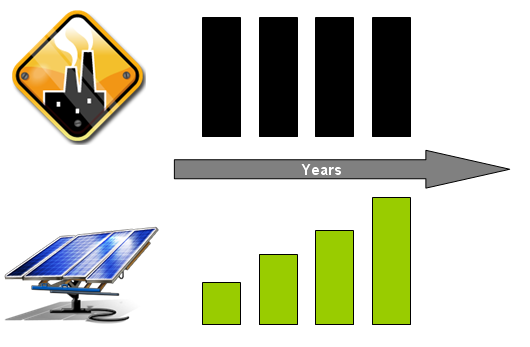
The NET effect is NO NET EFFECT!
So what should be done?
In the new Kyoto the emissions trade should only be allowed between parties that significantly emit when they apply. No loopholes should be allowed for clean projects that create no carbon emissions. Only this way there will be an effective incentive to move towards cleaner technologies, which are abundantly available, and will become more viable as people start to wake up to the risks and costs of using fossil fuels.
An effective alternative ?
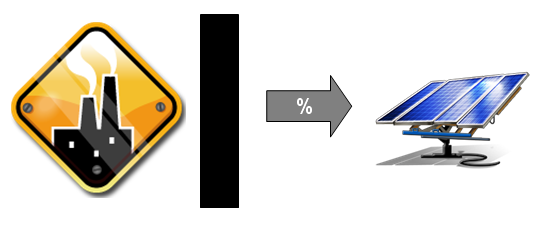
The polluters have to pay an increasing percentage over their carbon emissions that will be used to implement comparable clean alternatives. This will stongly incentivise the industries themselves to develop alternatives.